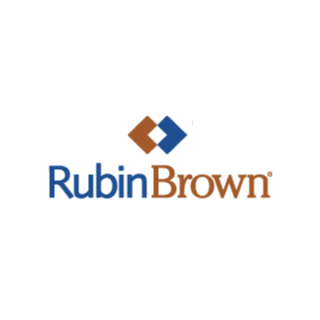Focus on Taxation: PPP Reopens for First Draw and Also Provides a Second Draw
Focus on Taxation: PPP Reopens for First Draw and Also Provides a Second Draw
New PPP guidance implementing changes from the Consolidated Appropriations Act (CAA) was released, along with revised applications as well. The CAA made substantial changes to the PPP, including:
- Expenses paid for with forgiven PPP funds are now tax-deductible for all borrowers, even those who have already applied for forgiveness,
- For borrowers who have not yet received forgiveness, four new types of expenses are eligible, non-payroll uses of PPP funds and eligible for up to 40% of total forgiveness: certain operations costs such as software or cloud computing services or administrative costs, public disturbance related property damage/vandalism/looting costs not covered by insurance, covered supplier costs, and covered worker protection costs,
- Borrowers can choose any covered period beginning on the date a borrower receives the loan and ending on a date selected by the borrower during the 8 to 24 weeks after loan origination,
- Streamlined forgiveness for borrowers with loans under $150,000,
- PPP forgiveness amounts will no longer be reduced by any Economic Injury Disaster Loan (EIDL) grant received, and
- Expanding eligibility to qualifying IRC Section 501(c)(6) organizations, housing cooperatives, and news organizations.
Along with first-time borrowers, certain businesses can reapply or request an increase to their First Draw PPP loans. These borrowers include:
- A partnership that did not include any compensation for its partners in the initial loan request,
- Seasonal employers eligible for a higher maximum loan amount as a result of the CAA,
- Borrowers who returned PPP loan proceeds but are eligible, and
- Borrowers who did not accept the full loan amount for which they were approved.
A second draw of forgivable PPP loans of not more than $2 million will be available for qualifying businesses who:
- Have or will fully extinguish their round one proceeds,
- Have fewer than 300 employees (down from 500), and
- Are able to establish a 25% drop in gross receipts either by comparing all of 2019 vs. 2020, or a quarter in 2020 relative to that same quarter in 2019.
Gross receipts for these purposes are defined to include all revenue in accordance with the entity’s tax accounting method (including affiliate receipts), with the exception of First Draw PPP loan proceeds, net capital gains or losses, taxes collected and remitted to a taxing authority if included in gross income (i.e. sales tax), intercompany income, and amounts collected for another by a travel, real estate, or advertising agent, conference management service provider, freight forwarder, or customs broker.
For an eligible nonprofit organization, a veterans organization, an eligible nonprofit news organization, an eligible 501(c)(6) organization or eligible destination marketing organization, gross receipts means gross receipts within the meaning of Internal Revenue Code section 6033.
Second Draw PPP loan amounts will be equal to the lesser of 2.5 multiplied by average monthly payroll costs for the one-year period before the loan is made, calendar year 2020, or calendar year 2019, or $2 million. The food and hospitality industry, however, will use a multiple of 3.5. A maximum of $4 million in combined loans will apply single corporate group structures. Loan applications for $150,000 or less do not require revenue reduction substantiation, however, it will be required upon applying for loan forgiveness.
Make sure to note the receipt of a PPP loan after December 27, 2020 precludes a borrower from obtaining a Shuttered Venue Operator grant from the SBA and obtaining the grant will disallow access to the PPP after that date as well. Also be aware that the Employee Retention Credit (ERC) and the PPP are no longer mutually exclusive programs, though the same wages cannot be used for both.
Please reach out to your RubinBrown representative for further details or assistance.
By: Tony Nitti, CPA, MST
Partner-In-Charge
National Tax
609.658.9593
tony.nitti@rubinbrown.com
National Tax
amie.kuntz@rubinbrown.com
Readers should not act upon information presented without individual professional consultation.
Any federal tax advice contained in this communication (including any attachments): (i) is intended for your use only; (ii) is based on the accuracy and completeness of the facts you have provided us; and (iii) may not be relied upon to avoid penalties.
